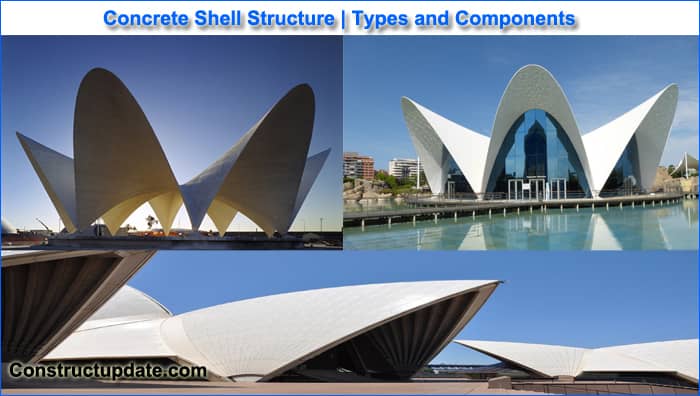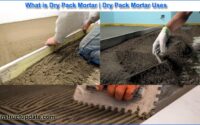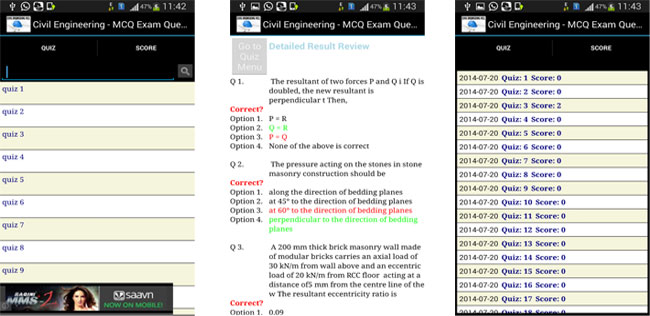What is Shell Structure | Shell Structure Types and Forms | Components
A shell structure is a thin, curved plate used in building construction that is designed to transmit applied forces by acting on the surface plane with compressive, tensile, and shear stresses. They are often made of concrete that has been strengthened with steel mesh (check shotcrete). After World War II, the shell developed as a significant long-span concrete building. Shell construction started in the 1920s. With spans up to roughly 300 feet (90 meters), thin parabolic shell vaults strengthened with ribs have been constructed. Concrete shells in more intricate designs have been created, such as intersecting parabolic vaults that are smaller than 0.5 in (1.25 cm) thick and hyperbolic paraboloids, or saddle shapes.
What is Sell Structure
A three-dimensional spatial structure made of one or more curved slabs or folded plates is a concrete thin shell structure. Folded plates and curved slabs have thin thicknesses when compared to the rest of their dimensions. The three-dimensional load-carrying behavior of concrete thin shells, which is influenced by a variety of circumstances, is one of their standout characteristics. The type of applied load, how thin shells are sustained, and the geometry of thin shell formations are a few examples. This article will present several types and styles of thin concrete shell structures.

Shell Structure Components
- The structural skeleton and foundation
- Base plant
- Building cladding
- The building envelope
- Fire barriers
- Fire detection system
- Electrical and plumbing systems
- Pathways, boundary walls,
- Pavement, and fencing
- Landscaping
- Signage
Types and Forms of Shell Structure
- Folded Plates
- Barrel Shells
- Barrel Vaults
- Short Shells
- Domes (surfaces of revolution)
- Shell Arche
1. Folded Plates
A thin flat slab is used to create the shell construction known as the folded plate. The three-dimensional structure is often created by joining these kinds of structures together along their borders.
The foldable plate can be created up to a maximum length of 30 meters. The folded plate has a 60 mm thickness. One of the most visually appealing structures with the lowest material and construction cost is made of folded plates.
2. Barrel Shells
A barrel shell is made up of several identically strong but incredibly thin arches. If the weight is distributed proportionally, it can resist very heavy loads.
3. Barrel Vaults
A barrel vault is a continuous vaulted form that may be pointed at the apex, semi-circular in shape, or resembling a cave’s roof. Typically, a series of edge arches or vaults is used to construct it.
4. Short Shells
It is a cylindrical shell with a radius that is disproportionately huge to its length. Short shells are supported at their lowest point by edge beams and have shell elements that span the spaces between their arches. It is acceptable to leave off-edge beams in tiny structures.
Additionally, the short shell supports weight in two ways: as an arch that transfers weight to the lower parts. and to the arches as a curving beam. Finally, because of these characteristics, the thickness of the shell can be quite thin.
5. Domes Shells (surfaces of revolution)
The basic shape of a dome is a hemisphere. Typically, domes are utilized as roof structures. A space construction that encloses a circle is called a dome.
6. Shell Arche
Small shells that resemble arches are the type of shell structures. The increased value of the bending moment does not make shell arches an efficient structure.
Cylindrical Barrel Vault of Shell Structure
Cylinder-shaped barrel Due to its ability to span up to 150 feet while requiring the least amount of material, vaults are possibly the most practical of the shell structures. Because they use the arch form to lower transverse stresses and thicknesses, they are particularly effective structures.
Applications of shell structures
- Both classical architecture and nature frequently use shell construction.
- Industrial structures: – silos, tanks, cooling towers, reactor vessels, etc.
- Auditoriums and food courts
- Architectural special structures
Advantages of Shell structures
- Very Light Construction Form
- Faster to Construct
- Easy Fabrication method
- Low waste due to no fittings requirement
- Large area covering
- Aesthetic in appearance
- Energy efficient
- Less Materials Use





